
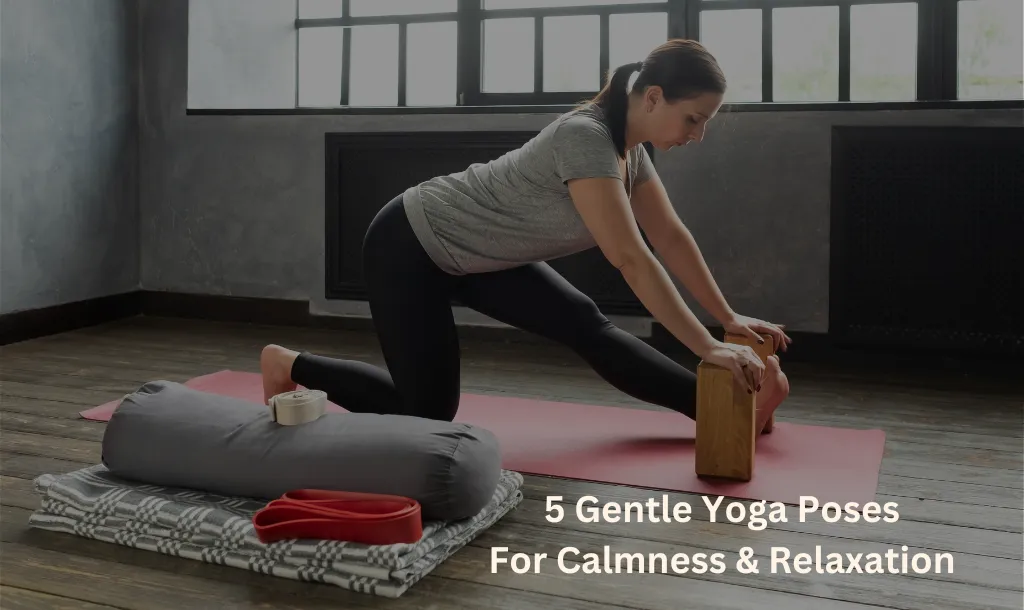
Gentle yoga combines slow stretches and controlled breathing to help you relax and stay calm. By syncing your breath with movement, gentle yoga poses help strengthen the mind-body connection, keeping you centered and in the present.
This low-impact style is perfect for beginners, seniors, those with injuries, or anyone seeking a soothing practice. So, if you’re looking to stretch, move, and get the benefits of yoga without straining your body, gentle yoga is the way to go!
Everybody! Gentle yoga is the perfect option for:
Gentle yoga is great for anyone who wants a mindful, slow, meditative yoga practice.
[inline-CTA-1]
A few gentle yoga poses to help you get started include:
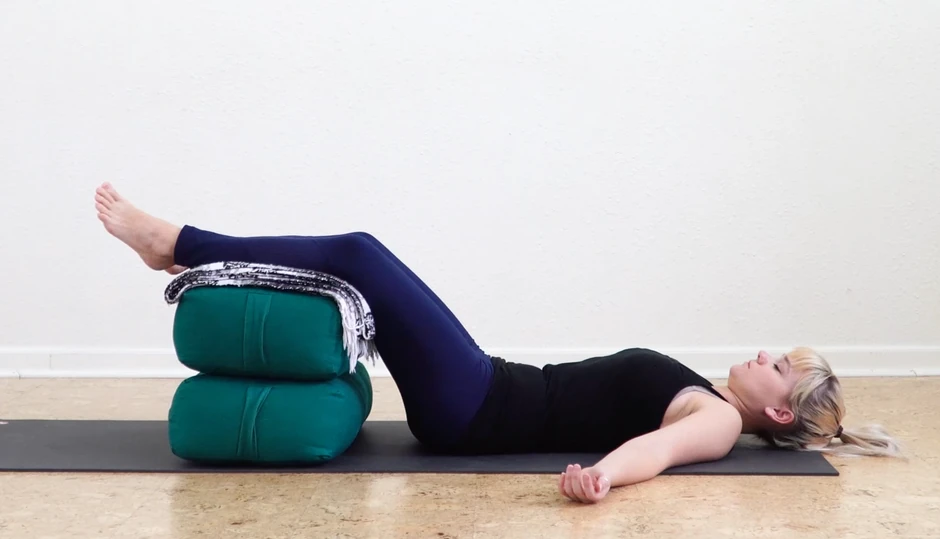
This relaxation pose helps you unwind, releasing any tension in your body and calming your mind.
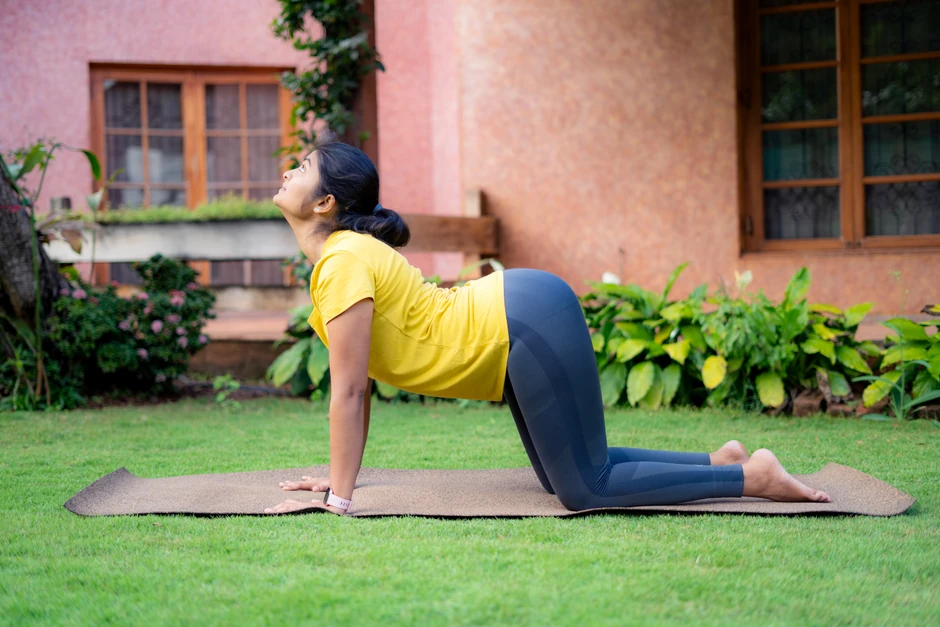
This gentle flow between two poses stretches your spine, improves posture, and relieves tension in the back and neck.
In case of limited mobility or balance issues, here’s how you can modify this pose:
_optimized.webp)
Child’s Pose gently stretches the hips, thighs, and lower back, promoting relaxation and calming the mind.
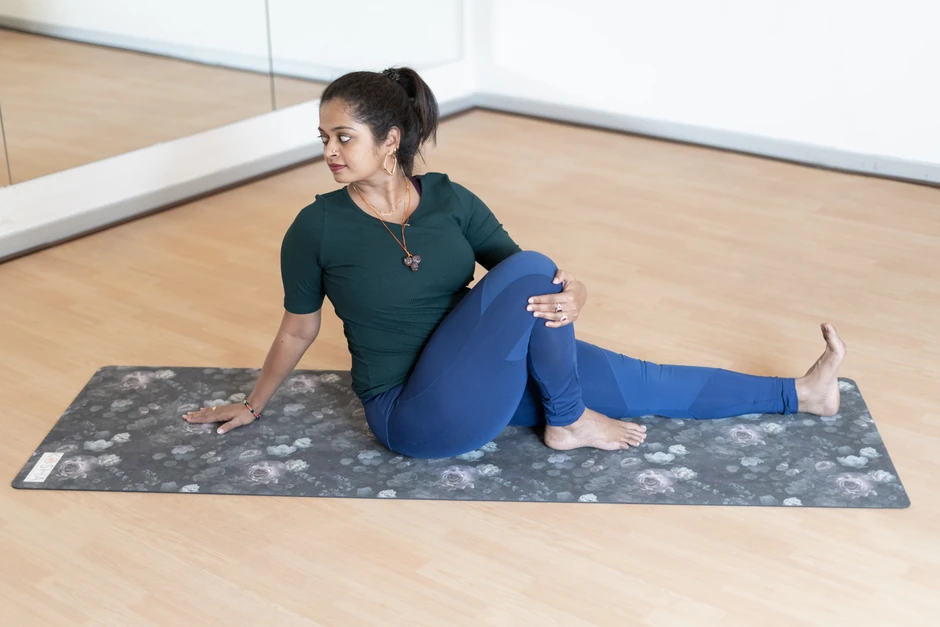
This pose helps improve spinal flexibility and gently massages your abdominal organs.
If you feel uncomfortable sitting on a mat, you can use a chair:
Triangle Pose stretches your legs, hips, and spine while improving balance and strengthening the lower body.
There are various types of gentle yoga, each offering a different approach to coming into a pose and holding it. It’s all about moving mindfully at your own pace and becoming aware of your body’s needs. The different types include:
Restorative yoga focuses on holding poses for several minutes, often 10 minutes or more. It uses props such as bolsters, blankets, or yoga blocks to support your body better ensuring complete relaxation in each pose.
While yin yoga also focuses on long holds, often with the use of props, it aims to stretch the deep connective tissues like the ligaments, tendons, and fascia. This allows your body to gently stretch and release tension, improving flexibility and mobility.
The goal of somatic yoga is to reconnect the mind and the body through slow, gentle, and mindful movement. It encourages you to become aware of your body and identify areas of tension and discomfort as you melt into each pose.
Chair yoga is a great way to practice yoga if you have mobility or balance issues. It requires you to do yoga poses on or with the support of a chair, modifying them to suit your needs.
Slow-flow yoga is a slower form of Hatha Yoga practice. In slow-flow yoga, you’ll do fewer poses, giving you more time to settle into each one. This makes it easier to focus, stretch your body deeply, and feel calm and relaxed by the end of the session.
Gentle yoga offers all the benefits of traditional yoga but with a slower, more relaxed pace. Here’s why it stands out:
Gentle yoga is highly beneficial, but working with a dedicated coach can enhance the benefits. A coach can tailor poses to your needs, helping you practice safely and effectively.
[inline-CTA-2]

Gentle yoga is all about feeling calmer and more relaxed, and the personalized guidance of a dedicated coach can be immensely helpful here. With personalized guidance, your coach can adapt poses to suit your comfort level, whether it’s using props, exploring chair modifications, or working towards improved flexibility or reduced stiffness. They’ll ensure every pose and hold feels comfortable, making your workout effective and safe.
MyYogaTeacher’s 1-on-1 sessions are live and also include real-time feedback and guidance from your coach. Whether you’re a beginner, dealing with an injury, or just seeking a more personalized approach, a dedicated coach can help you get the full benefits of gentle yoga in a way that works best for you. Here are some coaches who can help you get started:
If you want to explore group classes, we have them too:
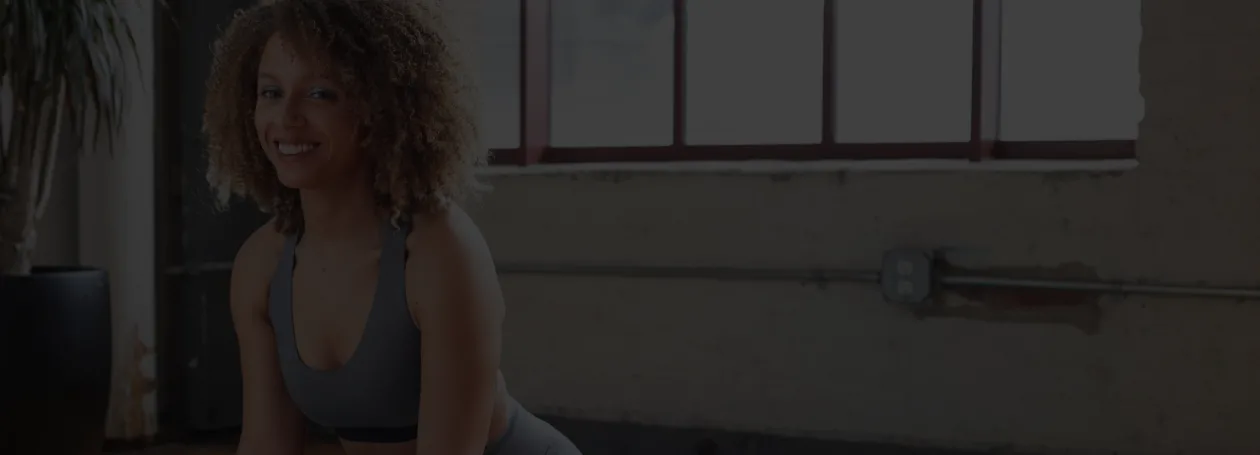
Receive personalized guidance tailored to your unique fitness goals, live with a dedicated coach—no credit card required.